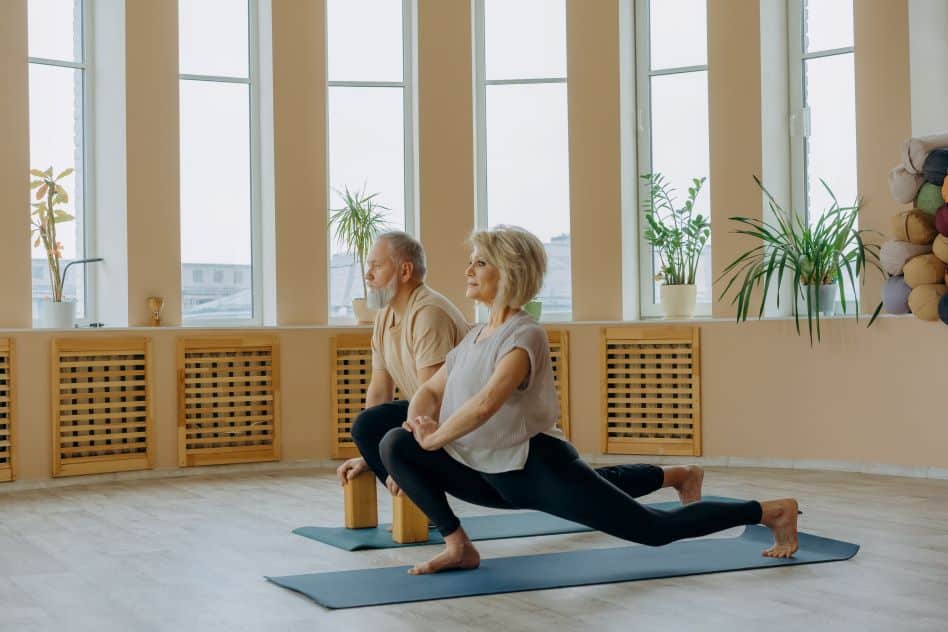
Joint associations of physical activity and sedentary time with body mass index: A prospective study of mortality risk
April 12, 2023
Dyadic reciprocal associations between self-efficacy and planning predict sedentary behaviour
April 26, 2023A paper titled “Associations of sleeping, sedentary and physical activity with phenotypic age acceleration: a cross-sectional isotemporal substitution model” was recently published in BMC Geriatrics. The summary of the paper and citation details are re-posted below. The full publication can be found here.
ABSTRACT
Background
Physical activity was believed to be associated with reduced aging among adults, while the competing nature of the physical activity and sedentary behavior has mainly been neglected in studies. We aimed to estimate the association of sleeping, sedentary behavior, and physical activity with aging among adults, considering the competing nature between variables of activity status.
Methods
A total of 5288 participants who were 20 years or older from the National Health and Nutrition Examination Survey were involved. The questionnaire was used to collect data regarding sociodemographics (age, sex, ethnicity/race, and education), and lifestyle behaviors (smoking, drinking). The Global Physical Activity Questionnaire was used to measure self-reported time for sedentary behavior, walking/bicycling, and moderate-to-vigorous physical activity (MVPA). The sleeping duration was obtained via interview. Phenotypic age acceleration (PhenoAgeAccel) was calculated as an aging index using nine chemistry biomarkers. Isotemporal substitution models using multivariable linear regression to examine the associations of sleeping, sedentary behavior, and physical activity with PhenoAgeAccel, stratified by MVPA (< 150 min/week, ≥ 150 min/week).
Results
Thirty minutes per day spent on sedentary behavior was positively associated with PhenoAgeAccel (β = 0.07, 95% CI: 0.04, 0.11), and 30 min/day spent on leisure-time MVPA was adversely associated with PhenoAgeAccel (β = − 0.55, 95% CI: − 0.73, − 0.38). Replacing 30 min/day sedentary behaviors with 30 min/day of MVPA (β = -3.98, 95% CI: -6.22, -1.74) or 30 min/day of walking/bicycling (β = -0.89, 95% CI: -1.10, -0.68) was adversely associated with PhenoAgeAccel. Substituting 30 min/day of walking/bicycling for 30 min/day of leisure-time MVPA was positively associated with PhenoAgeAccel (β = 3.09, 95% CI: 0.93, 5.25).
Conclusion
Sedentary behavior was positively associated with aging. Replacing sedentary behaviors with walking/bicycling or MVPA was adversely associated with aging among adults.
CITATION
Han, M., Fang, J., Zhang, Y. et al. Associations of sleeping, sedentary and physical activity with phenotypic age acceleration: a cross-sectional isotemporal substitution model. BMC Geriatr 23, 165 (2023). https://doi.org/10.1186/s12877-023-03874-6




